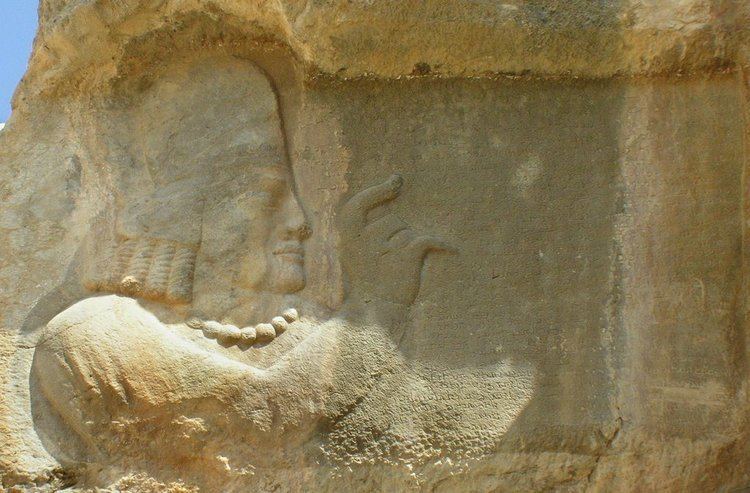Name Kartir Hangirpe Religion Zoroastrianism | Died Iranshahr, Iran | |
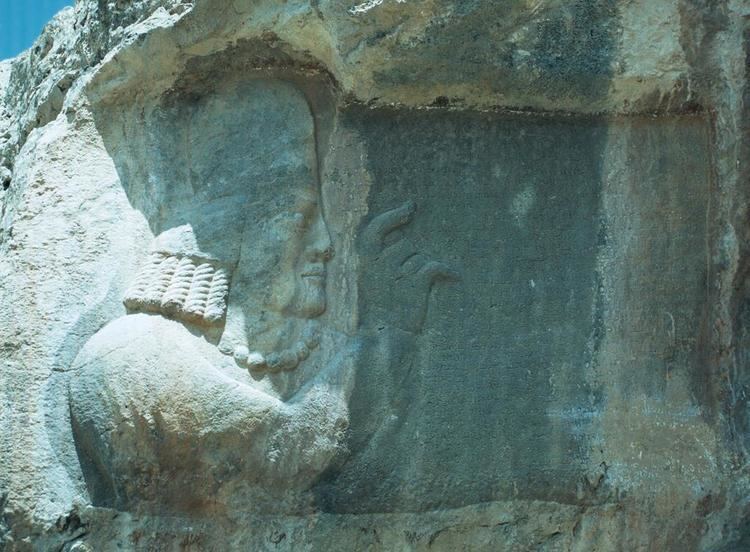 | ||
Born 3rd century Iranshahr | ||
Kartir Hangirpe (alternatively, Karder or Kerdir) was a highly influential Zoroastrian high-priest of the late 3rd century CE who served as advisor to at least three Sassanid emperors.
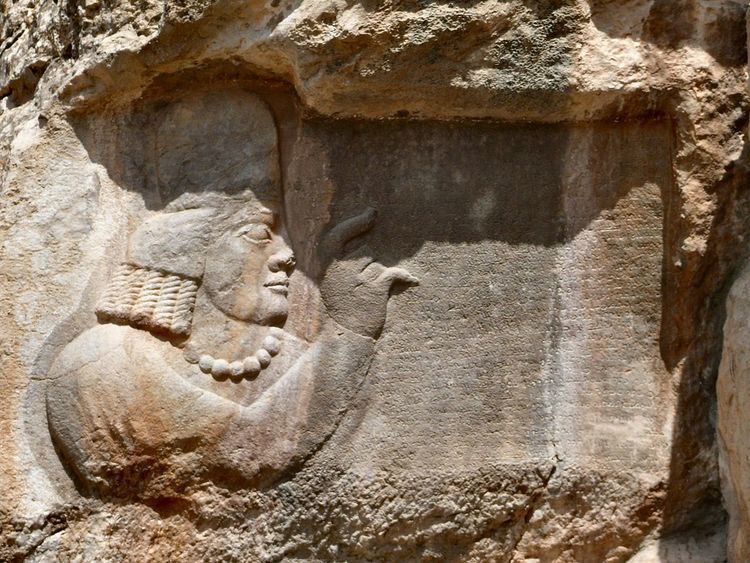
Biography
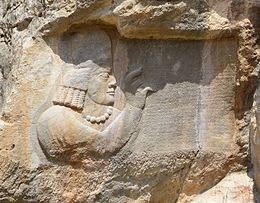
Kartir was probably instrumental in promoting the cause of Mazdaism (as opposed to Zurvanism, the other - now extinct - branch of Zoroastrianism), for in his inscription at Naqsh-e Rajab, Kartir makes plain that he has "decided" that "there is a heaven and there is a hell", thus putting himself at odds with the principles of (fatalistic) Zurvanism. Nonetheless, it was during the reign of Shapur I (r. 241-272) - to whom Kartir was first appointed advisor - that Zurvanism appears to have developed as a cult, and this contradiction remains an issue of scholastic dispute. Some scholars therefore conclude, at odds with what has been stated above, that Kartir "himself held Zurvanite beliefs".
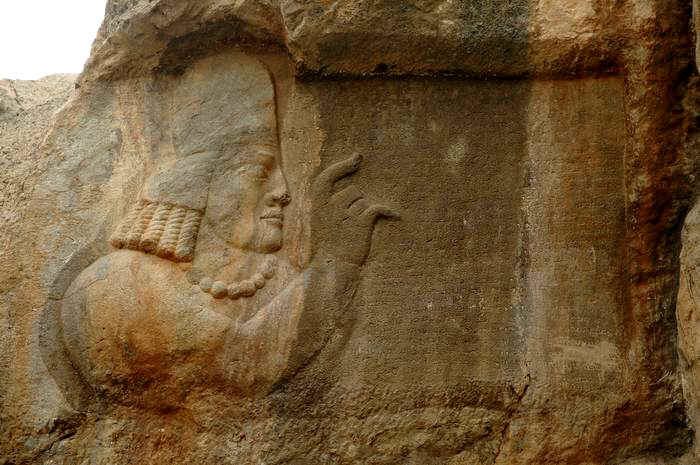
Simultaneously, Kartir was also a significant force in an iconoclastic movement that would result in the loss of favour of the shrine cults, a religious tradition alien to Indo-Iranian forms of worship that was inherited instead from the Babylonians; shrine cults had been instituted six centuries earlier by Artaxerxes II and employed as an instrument for tax collection. It was during Kartir's time as high priest that the shrines were - by law - stripped of their statues, and then either abandoned or converted into fire temples (see Atar).

Even though many scholars believe that Kartir was the chief advisor to Ardashir I and served as the empire's head Magi (based on image depictions on early rock reliefs), according to his own inscriptions Kartir rose to power during the reign of Shapur I (r. 240-270), to whom he also served as advisor and whom he accompanied on travels. Shapur's son Hormizd I (r. 270-271) appointed Kartir Moabadan-Moabad, 'priest of priests', a position Kartir passionately held to promote his orthodox version of Zoroastrianism against those he perceived as heretics - such as Zurvanism, and in particular Manichaeism, whose prophet Mani was sentenced to death by Bahram I (r. 271–274), very likely on the instigation of Kartir - even though Shapur I had previously been tolerant towards Mani's missionary work to promote his new religion across the empire.
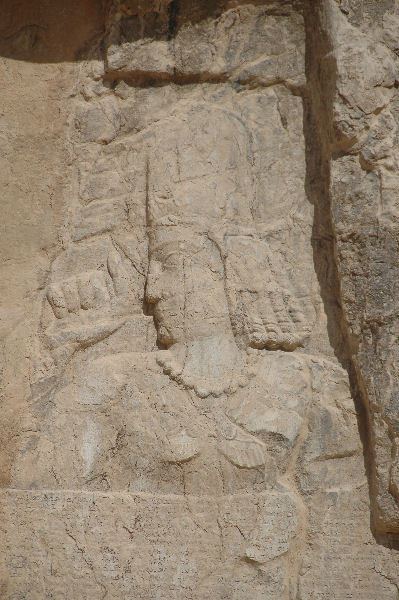
Kartir's inscriptions are on the Ka'ba-i Zartosht (at Naqsh-e Rustam) and at Naqsh-e Rajab.

